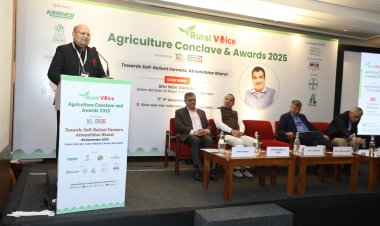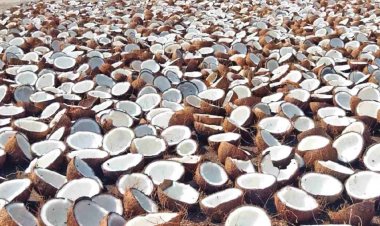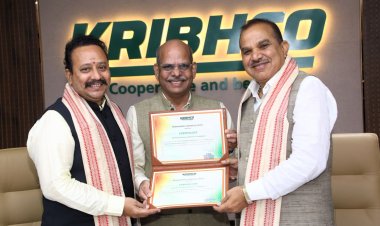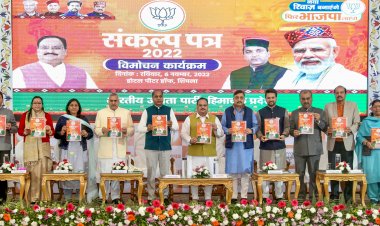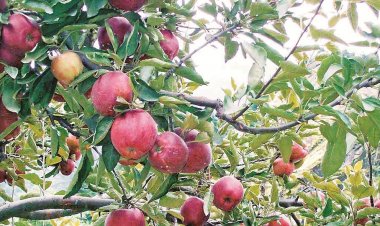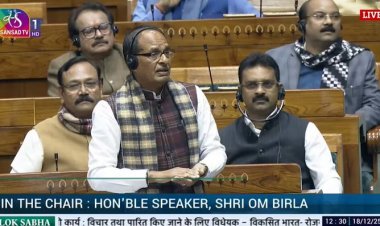Cumin price hits record, At Rs 50k a quintal
For the first time in any mandi of the country, cumin price hit Rs 50,000 per quintal on monday, registering the biggest jump of Rs 9,000. At the same time, the country's largest cumin market in Gujarat's Unjha also saw the maximum rate of cumin at Rs 45,000 per quintal.

Cumin made history in Nagaur (Merta) Mandi in Rajasthan. For the first time in any mandi of the country, cumin price hit Rs 50,000 per quintal on monday, registering the biggest jump of Rs 9,000. At the same time, the country's largest cumin market in Gujarat's Unjha also saw the maximum rate of cumin at Rs 45,000 per quintal.
Unseasonal rains in the current rabi season affected cumin crop, resulting in drop in production. Its effect is visible on the price of cumin. Besides low production, the rise in cumin price is also due to rising demand in the domestic and global markets.
Experts say that due to high demand, the prices are continuously increasing. Global prices will also be affected due to lower production in India. India ranks first in the production of cumin in the world.
Gujarat and Rajasthan have the highest production of cumin in India. In Gujarat's Unjha mandi, the price of cumin has reached Rs 45,000 per quintal. The minimum price was recorded here on Monday at Rs 35,000 per quintal.
Talking to Rural Voice, Bhagirath Choudhary, founder director of South Asia Biotechnology Center and NABARD Agricultural Export Facilitation Center, Jodhpur, says, “In the last three-four years, cumin prices have increased. Tremendous growth has been registered. Last year cumin price had crossed Rs 37,000 per quintal, this time it has crossed Rs 50,000 per quintal. Till 2018, its price was being seen only at Rs 12,000-13,000 per quintal.” He also runs a Biotech Kisan Project for cumin farmers.
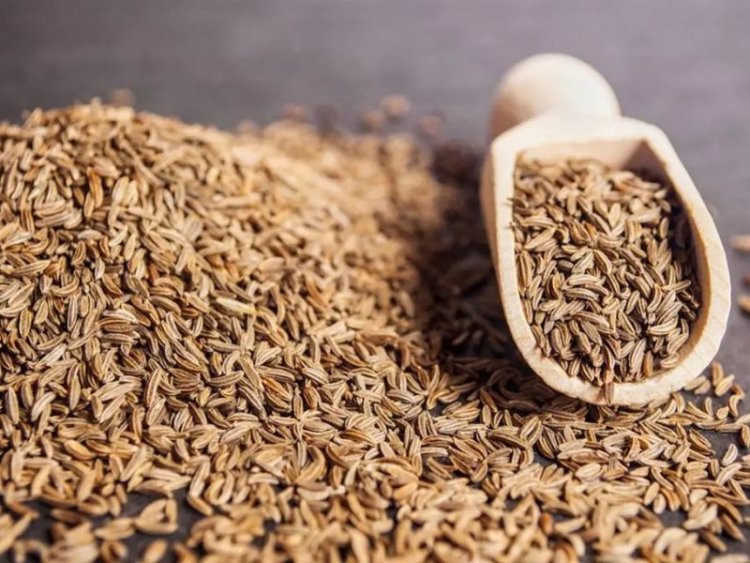
Choudhary says, “If you look at its fundamentals, the market players were not allowing farmers to get bigger share of the market price of cumin. While the consumers were paying a very high price for cumin, farmers have never got its right price before. We have worked hard in the last four-five years to reduce the huge difference between the market price and the price received by the farmers. We also paid a lot of attention to improving the quality of cumin. This is the reason why big spice companies are directly purchasing 20,000 tonnes of pesticide-free cumin seeds from western Rajasthan today."
According to Bhagirath Chowdhary, one of the reasons behind such a huge jump in prices this year is that the sowing area of cumin has come down, especially in Rajasthan. It is sown in the month of November-December.
Around that time, the temperature was above normal in Rajasthan, due to which farmers preferred sowing mustard instead of cumin as mustard price was high at that time. After that there was a sudden rise in temperature in February.
Unseasonal rain and hailstorm in March affected cumin crops which is a very sensitive crop. It gets affected by fluctuations in temperature even if it is slightly above normal. Due to this, the loss to crop was high and supply was affected and resulted in a sharp increase in prices.
He said that in view of the shortfall in production, farmers also reduced the supply of cumin seeds in the mandis, due to which a jump in the prices was registered.
At the same time, global demand has also picked up as cumin producing countries in Central Asia like Turkey have also reduced production due to weather.
According to him, cumin will remain stable at the level of Rs 45,000-50,000 for some time. Its benchmark price is also estimated to be around Rs 32,000 per quintal this year. Last year the benchmark price was Rs 25,000 per quintal and the total production of cumin in the country last year was 3.88 lakh tonnes.



 Join the RuralVoice whatsapp group
Join the RuralVoice whatsapp group



















